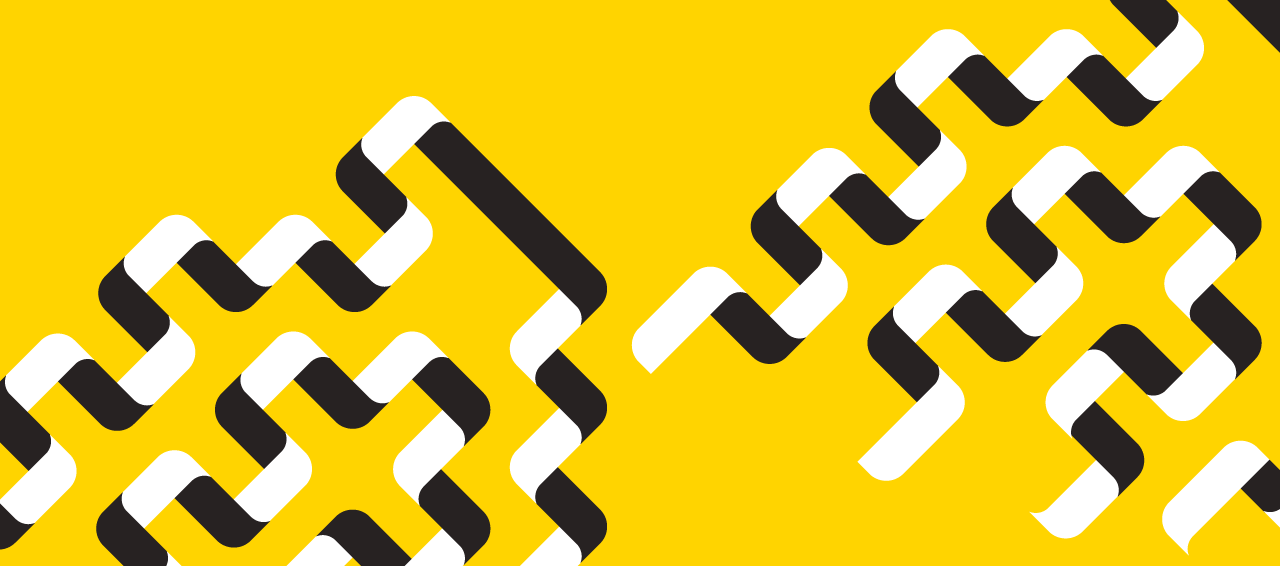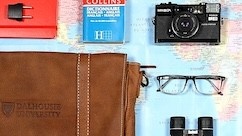Under blue skies, Justine Ammendolia sits in a field of swaying grass on the edge of a beach that stretches out before her. As she eats her lunch of crackers and canned meat, dozens of seals lounge lazily on the water's edge, rough waves rolling in around them.
It is a fairly typical day for the young researcher, but her surroundings are anything but routine. She is on Sable Island, a remote fingerling of an island about 300 kilometres off Nova Scotia that is home to seals, about 450 wild horses and roughly 15 humans.
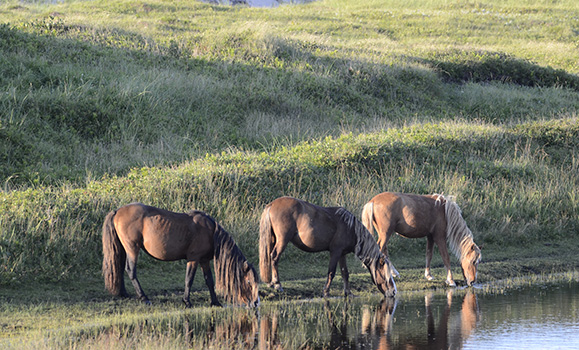
Wild horses on Sable Island. (Justine Ammendolia photo)
Ammendolia, a PhD candidate in Dal's School for Resource and Environmental Studies and a National Geographic explorer, spent two five-week field seasons on the island in 2023 and 2024. She was joined by Olivia Andres and Victoria Crozier, two other early career researchers (ECRs) from the University of Saskatchewan who were doing field surveys and lab work on the island's feral horses.
The trio were focused on their separate research pursuits, but all faced the same challenges, including feelings of isolation, equipment snafus and managing relationships in tight spaces.
Advice for early career researchers
ÌýÌý
They have shared those experiences in a newly published , which offers useful tips for ECRs heading into the pressure-cooker environment of remoteÌý— and sometimes difficultÌý— fieldwork. "These include managing logistics for the first time, fixing damaged field gear and navigating group dynamics at close quarters," they write.
"We encourage all ECRs going into the field to take initiative. Given that the barrier between work and life tends to dissolve in the field, initiative can take different forms from those that you might be used to. For example, you might offer to cook, or to verify weather conditions for the next working day, or even just to sweep up if you notice that it needs to be done."
"Our remote fieldwork taught us how to band together as scientists."
Research on the island
ÌýÌý
Ammendolia and Crozier were there to collect data for their PhD projects, while Andres was a summer undergraduate researcher.
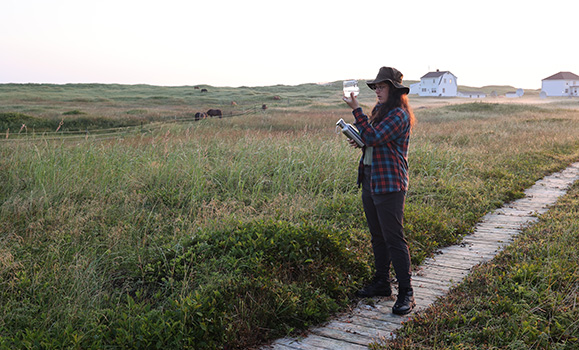
Justine Ammendolia looking at a research sample. (Coralie Vivers photo)
In Ammendolia’s case, she would spend her mornings collecting and processing microplastic samples drifting through the air and then monitor her equipment the rest of the day. Her lab was housed in a building from the 1960s and had few of the perks you would find in a typical science facility.
"There was nothing except a countertop that I had to work with, so it meant bringing all these trunks with me and setting up my own lab," she said in a National Geographic Society about her experience in the lab. She used water bottles and cooking pots to do tests and gather specimens. "So as a scientist, you have to be really flexible and willing to work in any conditions -- you have to be really resourceful!"
Watch now:Ìý
Working there at times brought unexpected disruptions. She remembers doing some experiments in the lab and hearing a loud sound close by. When she wandered outside, she saw a group of horses galloping down the dunes to the neighbouring pond where she was conducting her experiments.
"When I looked, I saw some visitors. There were some wild horses that came to hang out with me as I am doing science!" she says.Ìý
Ammendolia and her colleagues recommend keeping things simple, working with what's available, not being too hard on yourself and putting health first.
"The hardest part for me was definitely not pushing myself to the point of burnout. It's such a short season but with such long and exhausting days that unless the weather is forcing us to stay in, it's hard for me not to push myself to go out," says Crozier. "On the flip side, the most rewarding part for me was making such close friends."
Mutual supportÌý
Ìý
They also recommend supporting each other in their work and favouring collaboration over competitiveness, whether that involved helping collect samples, filming and photographing each other or hiking across the island to document data being collected on feral-horse biology.
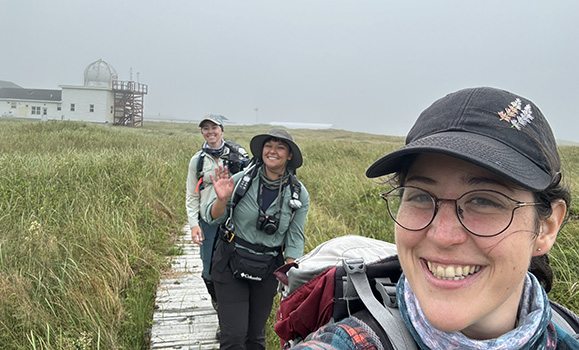
Andres said the initial challenges of living in tight quarters with strangers, new foods and demanding fieldwork sessions helped build resilience.Ìý
Related reading:Ìý
"The differences in humidity, landscape and time zone made adjusting difficult -- coming from the dry Saskatchewan Prairies to a humid, treeless island in the Atlantic Ocean can be quite jarring in itself!" she says.
"I never considered myself as being good with change or flexible, but my time on Sable Island helped me realize that's not true. These summer research experiences have pushed me to try new and scary things, and it has helped me build confidence and gain skills I never thought I'd be capable of and that is incredibly rewarding."
The researchers also say cultivating their relationships was critical to maintaining their mental health. They created routines, like drinking their morning coffee at the research station benchÌý— the "town square"Ìý— and watching sunsets on the beach together surrounded by horses and seals.
"Being away from friends and family for weeks on end, while spending most of the day alone, can be emotionally taxing," they write.
"Sharing moments of discovery was an unexpected highlight of our time in the field. One night, we took a spontaneous field trip to stargaze for hours under the dark, unpolluted sky of the North Atlantic. The intensity of sharing this profound moment in an extreme environment, although fleeting, has contributed to the richness of our experience in the field and to the friendship formed there."
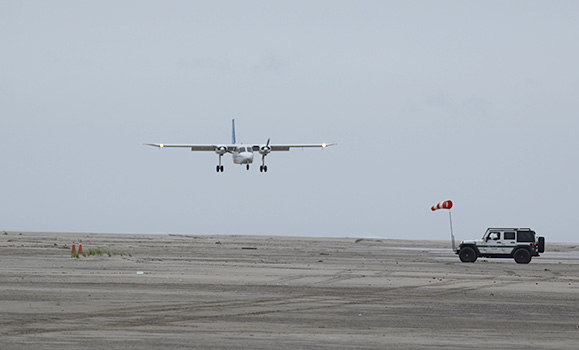 Researchers travel to Sable Island by plane, helicopter, or chartered vessel.
Researchers travel to Sable Island by plane, helicopter, or chartered vessel.
(Justine Ammendolia photo)
Now read:Ìý
